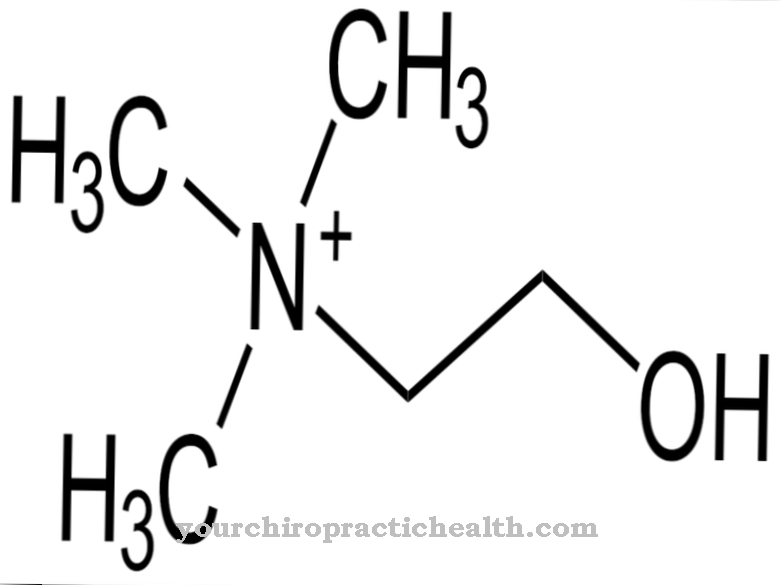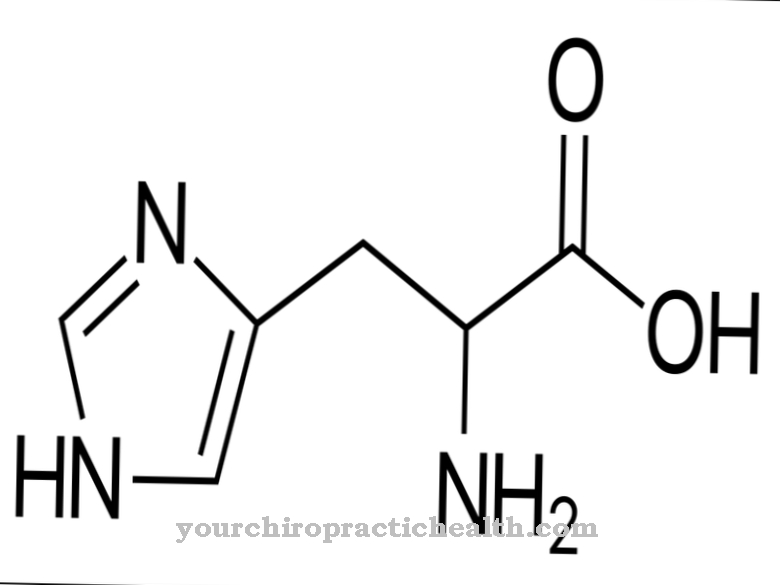A defect more important Growth hormones can result in a lack of length growth. Hereditary factors and diet also play a role, but if there is little or no growth hormones, then a child will not grow as well as its peers, even under the best of conditions.
What are growth hormones?
Growth hormones, also Somatropin called, are messenger substances that are formed in the pituitary gland, the pituitary gland. Many body functions are controlled from there, the thyroid function or the function of the adrenal glands are also regulated by such messenger substances. As the name suggests, growth hormones are responsible for length growth.
Growth hormones are formed from birth, mainly released during sleep, and produced particularly strongly in childhood. An increased release of growth hormones also takes place during puberty.
Most children who are born very small often make up for the lack of height growth by school entry age. Others have a significant growth spurt during puberty and overtake their peers in a short time.
Functions, tasks & meanings
All organs, tissues, muscles and bones get through Growth hormones the message to grow, but also lipid and bone metabolism and the sugar balance need growth hormones in order to function optimally. That is why growth hormones are also produced for a lifetime, but only to a lesser extent after the growth in length has ended.
In rare cases of illness, growth hormones must be supplied for life. Much more often, however, it is sufficient to support height growth with growth hormones. Before adding growth hormones artificially, extensive research is necessary. Doctors who specialize in the treatment of hormonal disorders, endocrinologists, can use various stimulation tests to determine whether too little growth hormone is being produced.
Before and after a test, it is examined whether certain substances are present in sufficient numbers that arise in connection with the production of growth hormones. Substances are then administered to the body that ensure that the pituitary gland releases more growth hormones. A dose of insulin can also do this. The artificially produced hypoglycaemia causes a healthy person to release growth hormones. Such tests are an important diagnostic tool to make sure that artificial growth hormone treatment is useful.
Once a diagnosis has been made and the doctor prescribes artificial growth hormones, the further course is closely monitored. The hand is also regularly x-rayed. During the growth phase, there are gaps between the ends of the bones, so-called growth plates. When the growth in length has ended, these growth joints are also closed. At this point at the latest, the treatment with growth hormones is normally discontinued.
Growth hormones have been produced biotechnologically since the 1980s; before that, they could only be extracted from the pituitary gland of the deceased. This procedure was complex and also not really safe. Infections were transmitted. Since growth hormones can be produced biotechnologically, the risk of infections is eliminated
Growth hormones are not given in pill form because they would be broken down by the normal digestive system. It is usually given via a "pen" as known from insulin therapy and has to be injected under the skin, into the fatty tissue. The daily dose is best given in the evening because this also corresponds to the natural process.
Illnesses, ailments & disorders
The treatment through Growth hormones is closely monitored for many reasons. Too high a dosage of growth hormones can cause organs to grow too quickly or cause diabetes mellitus.
However, this form of diabetes disappears after the therapy has ended. Other side effects can include headache, limb and joint pain, as also occur during natural growth phases in children. In rare cases, changes in the femoral head can occur.
Success depends on the correct dosage, which has to be checked again and again and adjusted accordingly. Since growth hormones are also used in doping because they accelerate muscle build-up and increase overall performance, particular care is taken to ensure that the consumption corresponds to the reorders of prescriptions.


.jpg)

























